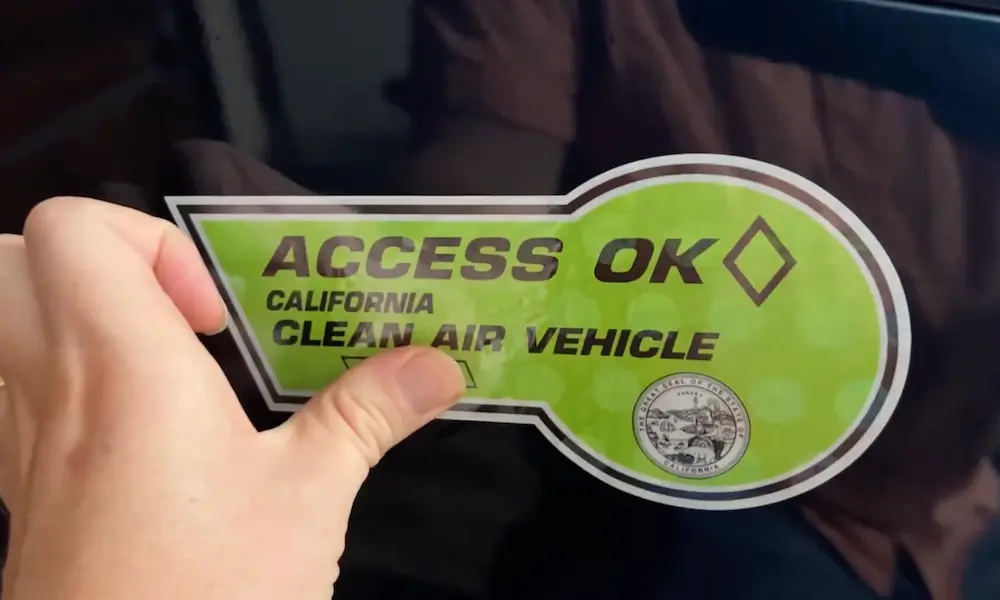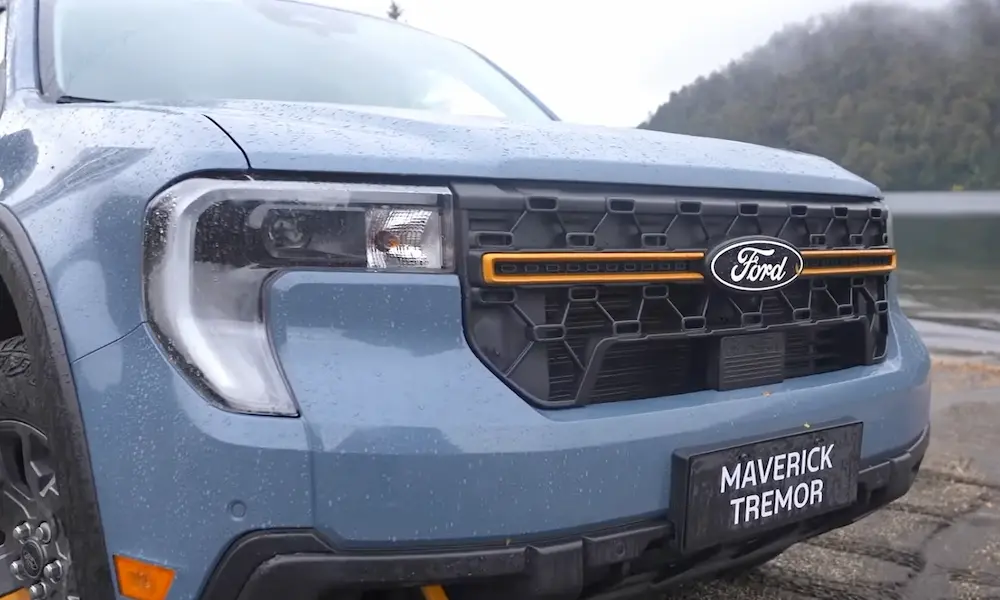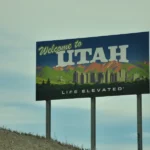If you live in Missouri, navigating the state’s emissions inspection requirements can feel daunting. Understanding whether your vehicle needs an inspection can save you time and hassle. The Gateway Vehicle Inspection Program covers which vehicles need an emissions test and how to get a waiver if necessary.
Even if you’re exempt, you’re still required to have a safety inspection every two years, with some exceptions based on your vehicle’s age and mileage. We’ll guide you through these rules, making it easier for you to stay compliant and on the road.
Overview of Missouri’s Emissions Testing
In Missouri, emissions testing helps ensure vehicles produce fewer harmful pollutants. This process is important for keeping the air clean and safe.
Certain areas, mainly St. Louis and its surroundings, require emissions testing. If your vehicle is registered in one of these areas, you must pass emissions inspections before it can be registered, renewed, or sold.
Under the Gateway Vehicle Inspection Program (GVIP), not all vehicles need emissions testing. However, most vehicles over ten years old or with more than 150,000 miles are usually required to undergo testing. You can find more details on Missouri vehicle testing requirements.
During the test, technicians will check if your vehicle’s emissions system meets state environmental standards. If your vehicle passes, you’ll receive proof needed for vehicle registration. Should your vehicle fail, you might be eligible for a waiver depending on the situation.
The Missouri Department of Natural Resources and the Missouri State Highway Patrol handle the overall emissions testing and compliance. Areas with higher pollution or “non-attainment” status, typically need stricter controls to meet the Federal Clean Air Act’s standards.
If you’re uncertain whether your vehicle needs an emissions test, you can call the provided contact numbers or visit the official GVIP website for further guidance. Being informed and compliant ensures not only your vehicle’s longevity but also contributes to a healthier environment.
Vehicle Eligibility and Requirements
Understanding which vehicles need emissions and safety inspections in Missouri is important for keeping your vehicle compliant. The rules vary based on vehicle type, model year, and mileage.
Qualifying Vehicles and Model Years
In Missouri, vehicle emissions inspections are required for certain vehicles based on their model year. Vehicles that are ten years old or newer typically need emissions testing. If your vehicle is a model year older than ten years, it might be exempt.
Motorcycles and buses often have specific guidelines. Motorcycles generally do not require emissions testing, but buses might have stricter rules. Make sure you check the requirements for your specific vehicle type to avoid any issues.
You can find more detailed information on qualifying vehicles and model years at the Missouri DOR Car Inspection page.
Odometer Reading and Mileage Exemptions
Besides model year, mileage also plays a role in vehicle inspection requirements. If your vehicle has driven fewer than 150,000 miles, it may be subject to emissions testing. Vehicles exceeding this mileage are often exempt.
Regular odometer readings are important. They help determine if you fall under this mileage-based exemption. If you are unsure, keeping your odometer reading up to date can help you stay compliant with Missouri’s requirements.
The GVIP program provides more guidelines on this exemption.
Safety Inspections for Various Vehicle Types
Regardless of emissions testing, safety inspections are required for most vehicles. Residents must get these safety inspections every two years. Newer vehicles, particularly those within their first ten model years, can often skip this requirement.
Cars, trucks, and other common vehicle types must comply. Always ensure your vehicle meets the necessary safety standards to remain registered. Safety checks include examining brakes, lights, and other critical systems to keep vehicles safe on the road.
Different vehicle types, such as buses and specialty vehicles, may have additional safety inspection requirements. For more detailed information, visit Missouri Vehicle Inspection Requirements.
By understanding these requirements, you’ll ensure your vehicle remains compliant with Missouri laws.
Testing Locations and Procedures
In Missouri, emissions inspections are required in certain counties, and you need to visit authorized inspection stations for testing. Understanding these testing procedures will ensure you stay compliant with state regulations.
Counties Requiring Emissions Inspections
In Missouri, emissions testing is mandatory in specific counties, primarily due to higher population density and increased vehicle emissions. The counties where you need to get your vehicle tested include:
- St. Louis
- St. Charles
- Jefferson
If your vehicle is registered in these counties, you must have an emissions inspection to meet state requirements. These inspections help reduce air pollution and ensure that your vehicle meets environmental standards.
Authorized Inspection Stations
You need to visit authorized inspection stations known as GVIP Stations for your emissions test. These stations are licensed by the Missouri State Highway Patrol and must display a GVIP sign. Make sure you choose a licensed station to ensure your test is valid.
Some tips for finding an authorized station include:
- Look for signs indicating the station is licensed.
- Check online directories or use resources like the GVIP Station Locator.
Ensuring your vehicle is inspected at a certified station can save you from potential fines or re-inspection.
Emissions Inspection Process
The emissions inspection process involves several key steps. First, the authorized technician will check your vehicle’s identification and registration details. Then, they will connect your vehicle to a testing device.
Here’s a quick overview of what happens during the test:
- Vehicle Identification: A technician verifies your vehicle’s information.
- Testing: Your vehicle is connected to a device that measures emission levels.
- Results: You receive the test results, which indicate whether your vehicle passes or fails.
If your vehicle fails the initial test, you get one free re-inspection if you return within 20 business days. Visit the Missouri Department of Revenue for more details on testing fees and procedures.
Keeping your vehicle in good condition and understanding the emissions inspection process can help you maintain compliance with Missouri’s air quality standards.
Documentation and Compliance
To stay compliant with Missouri emissions inspection requirements, you need essential documentation such as a Vehicle Inspection Report and proof of emissions compliance. These documents are critical for tasks like obtaining license plates and transferring the title of your vehicle.
Obtaining a Vehicle Inspection Report
After your vehicle passes the emissions test, you will receive a Vehicle Inspection Report. This report includes important details about your vehicle and the results of the inspection. Make sure to keep this report safe as it proves your vehicle meets the required standards.
The Vehicle Inspection Report is crucial for registering your vehicle. Ensure you have it handy when visiting the Department of Revenue or when asked for verification.
Proof of Emissions Inspection Compliance
You need a certificate showing that your vehicle has passed the emissions test. This proof is essential when renewing your vehicle registration or selling your car.
Typically, the emissions compliance certificate is valid for 90 days. During this period, you must complete any necessary registration processes or transfer the certificate to the new owner if you sell the vehicle.
License Plates and Title Transfer
When you register your vehicle or transfer the title, proof of emissions inspection compliance is a requirement. You must present the compliance certificate at the Department of Revenue when applying for new license plates. This ensures that your vehicle meets Missouri’s emissions standards.
For title transfers, make sure to provide the buyer with the emissions inspection report. Without it, the new owner may face registration issues. This step is vital to ensure a smooth transaction and compliance with state laws.
Exemptions and Special Cases
In Missouri, not all vehicles require emissions inspections. Some vehicles qualify for exemptions, waivers, or different requirements based on specific conditions.
Waivers and Failures
If your vehicle fails the emissions inspection, you might be eligible for a waiver. A common type is the repair cost waiver, which applies if you’ve spent a certain amount trying to fix the problem without success.
Important Points:
- Spending Limit: You must spend up to a state-determined limit on repairs.
- Documentation: Keep all receipts and repair documentation as proof.
You can request this waiver at an inspection station. It’s crucial to follow the guidelines closely to avoid re-inspection fees.
Out-of-State Vehicles
If you recently moved to Missouri, your car may need a special type of inspection, even if it was inspected in another state.
Key Aspects:
- Safety Inspection: Required for many out-of-state vehicles.
- Emissions Test: May be mandatory if your new residence is in an emissions-testing area like St. Louis.
Exceptions exist for military personnel. If your vehicle is registered out-of-state due to military service, it might be exempt from Missouri inspections.
Exempt Vehicle Classes
Certain vehicle categories are exempt from the emissions test:
- School Buses: Generally do not require emissions tests.
- Military Vehicles: Often exempt due to their unique use cases.
- New Vehicles: Cars under the first 10 model years or with fewer than 150,000 miles typically don’t need emissions tests.
For a detailed list of exemptions, refer to Missouri’s Car Inspection Laws. States have different rules, so it’s crucial to stay updated.
Remember to check for the latest details on mileage-based exemption requests and how to file a General Affidavit if needed. This can simplify the process and save you some hassle.
Fees and Costs Associated With Inspection
Understanding the fees and costs associated with vehicle inspections in Missouri helps you budget accordingly. This section covers the fees for standard emissions testing, any labor and repair costs, and what you can expect to pay for retests and additional inspections.
Standard Testing Fees
In Missouri, the fee for a basic safety inspection usually doesn’t exceed $12 for most vehicles. For motorcycles, the fee is slightly lower, around $10. The cost for an emissions inspection is generally $24. Most inspection stations will combine both safety and emissions inspections for a total of $36.
These fees are set by the state to ensure consistency across inspection stations. You can expect to pay these fees every two years to keep your vehicle compliant with state regulations.
Labor and Repair Costs
If your vehicle fails the inspection, you may need to spend money on repairs. Missouri requires that repairs amounting to at least $450 be made by a Missouri Recognized Repair Technician (MRRT) to qualify for certain exemptions. This can include both labor and parts costs.
You must obtain a Cost-Based Waiver Application Affidavit if you meet these criteria. Keep all receipts and documentation to avoid delays. Repairs should be made promptly to ensure your vehicle passes the retest and stays safe on the road.
Costs for Retests and Additional Inspections
If your vehicle fails its initial inspection, you will need a retest. The good news is that retest fees are often lower. You might pay anywhere between $5 to $15 for a retest, depending on the station’s policy. Make sure to ask about retest fees when you go for your initial inspection to avoid surprises.
Some vehicles are exempt from retests under specific conditions, like certain model years or mileage thresholds. It’s best to confirm these exemptions with your inspection station. Regularly checking your vehicle’s condition can help you avoid multiple inspections and additional costs.
Preparing for an Emissions Test
To ensure your vehicle passes its emissions test in Missouri, several key points are crucial. These include making sure your car is in the required condition, potentially working with a recognized repair technician, and understanding readiness monitors for successful retesting if needed.
Required Vehicle Condition
For your vehicle to pass the emissions test, it must meet specific conditions. First, the vehicle should not have any dashboard warning lights on, such as the Malfunction Indicator Lamp (Check Engine Light). If this light is on, your vehicle will fail the test.
Safety inspections are also important and must be up to date. While safety inspections focus on aspects like brakes and tires, they ensure your car is safe and fully operational. Vehicles within their first 10 model years or those with fewer than 150,000 miles are typically exempt from safety inspections but check the specific requirements for your car.
It’s also important to check basic functions like the gas cap, as a faulty gas cap can lead to an emissions test failure. The vehicle should be driven for about a week before the test to ensure all systems and readiness monitors are functioning properly.
Working with a Recognized Repair Technician
If your vehicle fails the emissions test, working with a Missouri Recognized Repair Technician can be a significant step toward passing. These technicians have specialized knowledge and tools to diagnose and fix emissions-related issues.
They can perform repairs that specifically address the reasons your vehicle failed. After repairs, the technician might run their own diagnostic tests to ensure the fixes were successful. Always get repairs from an official station approved to handle vehicle inspections to ensure quality and compliance.
Consider reaching out to these professionals early if you suspect your car may not pass. They can offer advice and pre-inspection checks to save you time and hassle.
Readiness Monitors and Retesting
Understanding readiness monitors is crucial for a successful retest. These monitors are internal checks your car’s computer performs on various emissions control systems. If these systems have not completed their checks, your vehicle will fail the test even if there are no immediate issues.
Drive cycles can help reset these monitors. This typically involves a combination of city and highway driving under various conditions. Follow specific instructions from your technician or repair shop for the best results.
If your car fails the first time, ensure all readiness monitors are set before scheduling a retest. This will save you from repeated visits and additional fees.















